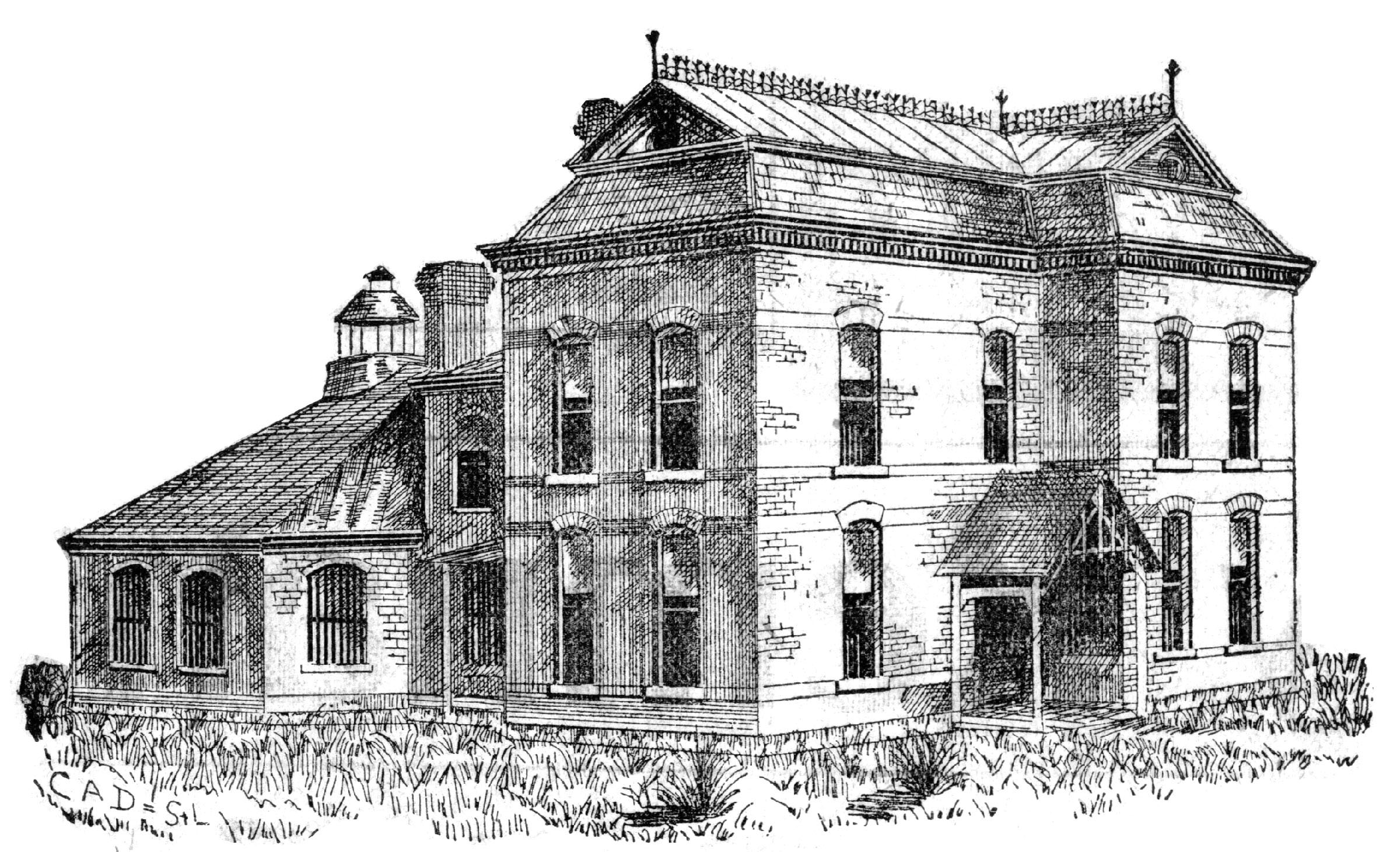You may be surprised to learn that Grant City, the county seat of the smallest county in Missouri — Worth County, is the boyhood home of famous bandleader Glenn Miller. But then, there are many surprises when you visit the Gentry-Worth county area.
Glenn Miller was a shoeshine boy in the cleaning parlor of Grant City bandmaster John Mosbarger. Miller acquired his first horn from Mosbarger, and became a member of the local town band. The rest is history that lives on as each new generation is attracted to the Big Band Sound.

Another surprise is located on the west edge of Grant City. A unique stone sculpture stands tall among cemetery monuments there. It was dedicated by the GAR as a Civil War memorial. The sculpture was made by Dell Eighmy,Sr., from an 8-ton stone shipped from Bedford, IN.
If monuments are of interest, make sure you stop in Albany, MO, to photograph the memorial for the servicemen of World War I located on the courthouse lawn. Directly south of the Gentry County courthouse in Albany is an elaborate fountain dedicated to servicemen who lost their lives in World War II, Korea, and Vietnam. Albany also has an authentic log cabin located near the town square and the impressive Carnegie Library.
Tri-County Museum is the only museum in the Gentry-Worth area. The old King City depot, along with a freight caboose, have been moved to the site. The museum hosts periodic events of regional interest.
Two works of the nationally recognized artist and sculptor, the late Clive Rickabaugh, can be seen in the town of Sheridan in Worth County. A mural, depicting the beginnings of the town as Defiance on the bank of the Platte River and then as the town of Sheridan to the west, covers one wall in the Farmers State Bank building. Carvings of The Last Supper and other religious figures are at the Christian Church.
Perhaps the most distinctive feature of Stanberry in Gentry County is the brick streets more than 100 years old. The business area surrounds a large city park with its old-fashioned bandstand, croquet court and park equipment.
A colorful past is a common thread weaving through each of the communities in Gentry and Worth counties. Albany was originally called Athens until it was discovered that Clark County, MO, also had a town called Athens. It took a special act of the legislature in 1857 to rename the eventual county seat of Gentry County to Albany.
Denver, originally known as Fairview, is the oldest town in Worth County. Its earliest beginning was a water-powered mill on the east bank of the East Fork Grand River. Although no trace of the mill exists, many buildings built in the early 1900s are cement block. The blocks were individually cast on location, offering a unique and seldom found example of early day construction. Notable is the cement block bandstand, built in 1913, located in the town park.
Also located in Denver is the original town jail and the remains of the old Denver Bathhouse. Adjacent to Denver is the Denver Access Camping and Fishing Area, operated by the Missouri Department of Conservation.
The oldest town in Gentry County is Gentryville, settled in 1835. The old Field’s Trace Trail ran through this area, and many Indian artifacts have been founds.
The first business house was erected by Francis B. Robidoux, the son of Joseph Robidoux who founded St. Joseph in 1843. To the north and east of Gentryville is the Mount Zion Presbyterian Church, the first church built in the county. The remains of the first white settler in the county, Isaac Miller, rest in the adjoining cemetery.
The northwest boundary of Worth County not only lies on the Missouri-Iowa border but also marks the boundary of the Platte Purchase. Treaties authorizing the purchase from Indian tribes of a territory known as the Platte Purchase were ratified by Congress on Feb. 15, 1837. This addition extended Missouri’s northwest boundary to the Missouri River. This meant the addition of six counties to the state. Most settlers into the area hailed from Clay and Clinton counties.
History relates that news of the Platte Purchase touched off general jubilation since settlers had been waiting for a chance to claim farms in rich land. The purchase also opened a shorter western route to the Missouri River for formers in existing northern counties to ship produce. They previously had to take a southward trip to a port at Liberty.
The lands had been home to the Indian tribes such as the Sac, Fox and Iowa. But the buffalo had practically disappeared from the prairies of the area by the early 1800s. Raids on hogs and cattle at settlements neighboring the territory were common. Treaties for the purchase were signed at Fort Leavenworth, KS, in 1836, and the Indians were given $7,500 for the area which is comprised today by Atchison, Nodaway, Holt, Andrew, Buchanan and Platte counties.
— written by Darryl Wilkinson for “Treasure the Times,” a tourism publication by Gallatin Publishing Co. 1988

